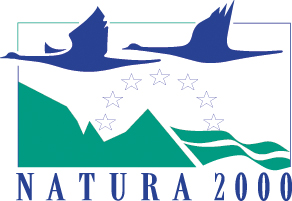The Natura 2000 Network is an ecological network for the community space of the European Union resulting from the application of Council Directive 79/409/EEC, of April 2, 1979 (Birds Directive) – revoked by Directive 2009/147/EC, of 30 of November (Birds Directives) – and Directive 92/43/EEC (Habitats Directive) which aims to ensure the long-term conservation of the most threatened species and habitats in Europe, helping to stop the loss of biodiversity.
The Natura 2000 Network also applies to the marine environment and comprises two types of areas, namely, the Special Protection Zones (ZPE) – established under the Birds Directive, which are essentially intended to guarantee the conservation of bird species, and their habitats, listed in Annex I, and migratory bird species not listed in Annex I and whose occurrence is regular; and the Special Areas of Conservation (ZEC) – created under the Habitats Directive, with the express objective of “contributing to ensuring Biodiversity, through the conservation of natural habitats (Annex I) and the habitats of species of wild flora and fauna (Annex II), considered endangered within the European Union”.
In these areas of community importance for the conservation of certain habitats and species, human activities must be compatible with the preservation of these values, aiming at sustainable management from an ecological, economic and social point of view. This network extends across the 27 countries of the European Union, covering around 4,131,000 km2 of land area, which translates into 18.6% of European territory. In Portugal, the Natura 2000 Network comprises 167 areas that are part of the National List of Classified Areas.
More information at: https://ec.europa.eu/environment/nature/natura2000/faq_en.htm








